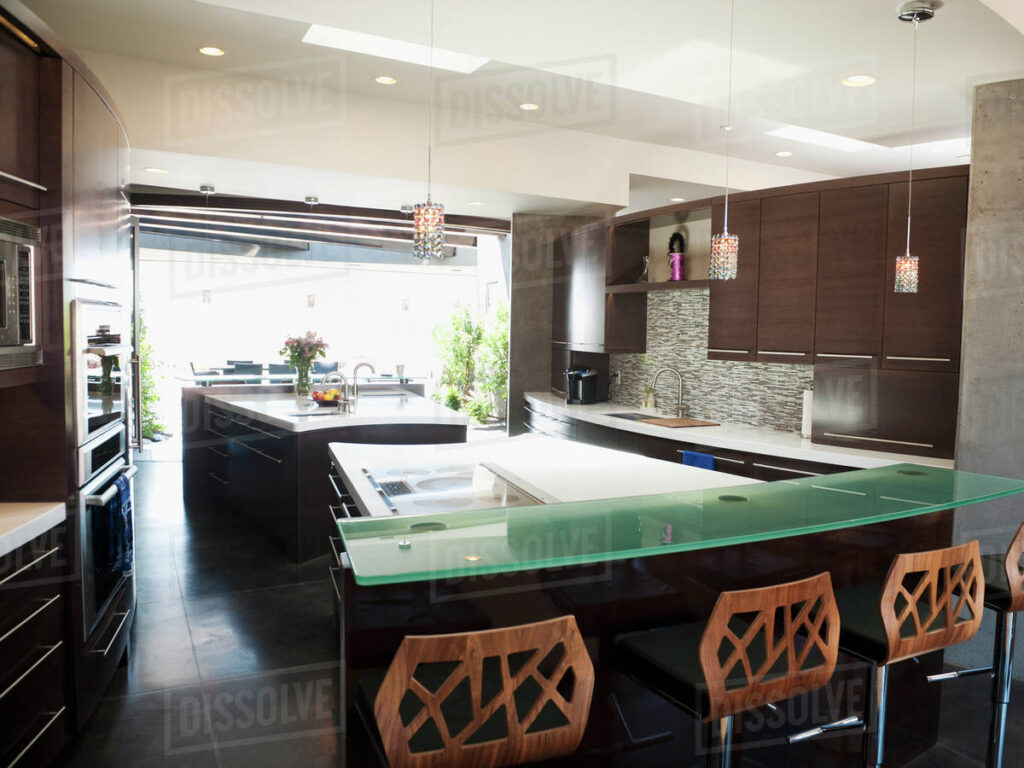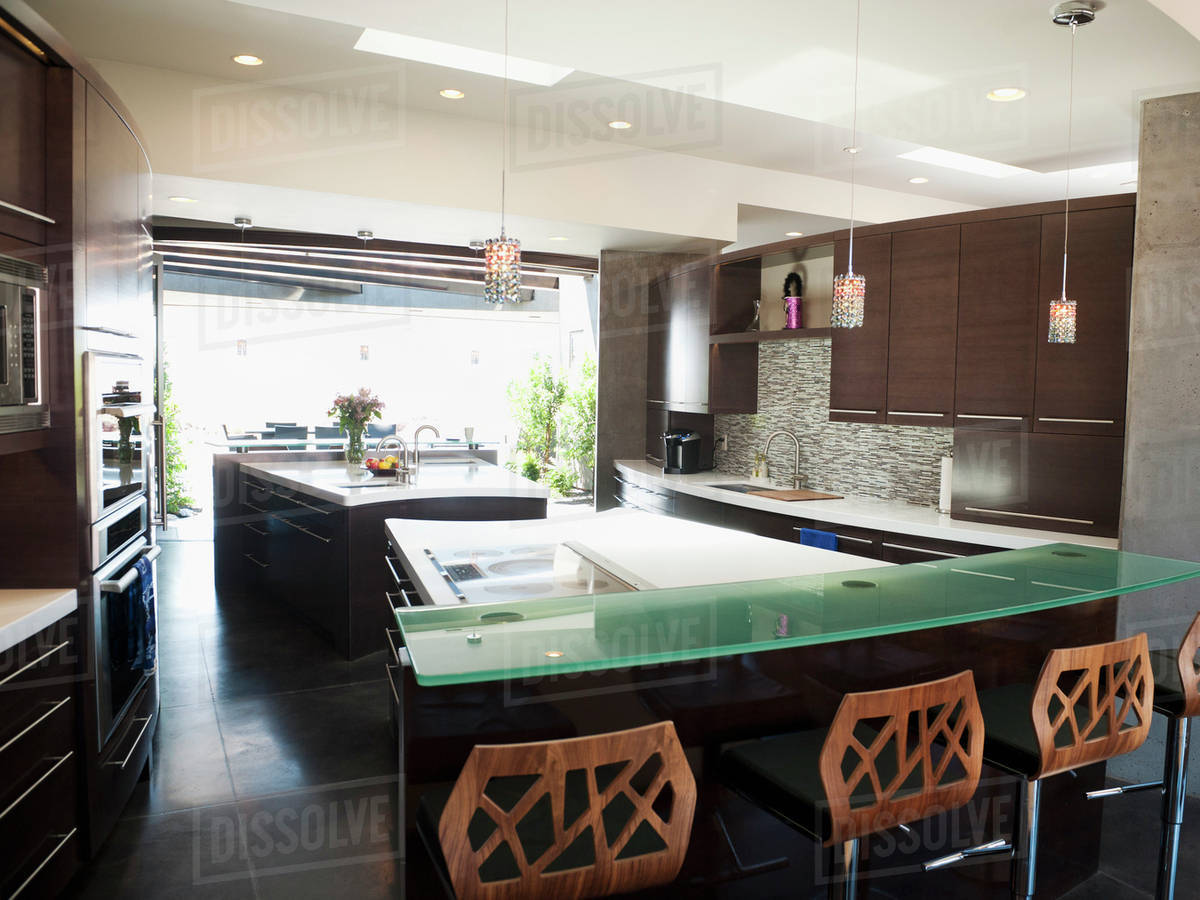
What Does Domestic Kitchen Mean? Understanding the Heart of Your Home
The domestic kitchen is more than just a room in a house; it’s the epicenter of daily life, a place where meals are prepared, conversations are shared, and memories are made. Understanding what does domestic kitchen mean involves recognizing its functional, social, and emotional significance within a household. This article will delve into the various aspects of a domestic kitchen, exploring its evolution, key components, and its crucial role in modern homes.
Defining the Domestic Kitchen
At its core, a domestic kitchen is a space specifically designed and equipped for the preparation and cooking of food within a private residence. This distinguishes it from commercial kitchens found in restaurants or catering facilities. The domestic kitchen is tailored to the needs and preferences of the household it serves, reflecting the family’s culinary habits, lifestyle, and aesthetic tastes.
Key Components of a Domestic Kitchen
A typical domestic kitchen comprises several essential elements:
- Cooking Appliances: These include a stovetop or range, oven, microwave, and potentially specialized appliances like slow cookers or air fryers.
- Refrigeration: A refrigerator is crucial for preserving perishable food items.
- Sink and Plumbing: A sink with running water is necessary for washing food, dishes, and hands.
- Countertops: Work surfaces are essential for food preparation.
- Storage: Cabinets, drawers, and pantries provide storage space for food, cookware, and utensils.
- Ventilation: A range hood or exhaust fan helps remove smoke, odors, and grease from the air.
The Evolution of the Domestic Kitchen
The concept of the domestic kitchen has undergone significant transformations throughout history. In early human settlements, cooking often took place outdoors or in simple hearths. As societies evolved, designated indoor cooking areas began to emerge, gradually developing into the modern kitchens we know today.
Historical Perspective
In medieval times, kitchens were often large, communal spaces, particularly in castles and manor houses. These kitchens were staffed by numerous servants and equipped with rudimentary tools. The industrial revolution brought about significant changes, with the introduction of gas and electric stoves, which revolutionized cooking methods.
Modern Innovations
The 20th and 21st centuries have witnessed a surge in kitchen innovations. Electric appliances became commonplace, making cooking more efficient and convenient. The design of domestic kitchens also evolved, with a greater emphasis on functionality, aesthetics, and ergonomics. Open-plan kitchens, kitchen islands, and smart appliances are now common features in many homes.
The Role of the Domestic Kitchen in Family Life
The domestic kitchen plays a central role in family life, serving as more than just a place to prepare meals. It is a gathering space where families connect, share stories, and create lasting memories. The aroma of freshly baked cookies, the sizzle of food on the stove, and the clatter of dishes can evoke powerful emotions and create a sense of comfort and belonging.
Social Hub
Many modern domestic kitchens are designed as open-plan spaces that seamlessly integrate with living and dining areas. This allows families to interact while cooking, creating a more inclusive and social atmosphere. Kitchen islands often serve as informal dining areas or gathering spots for conversation.
Health and Nutrition
The domestic kitchen is also crucial for promoting healthy eating habits. By preparing meals at home, individuals and families have greater control over the ingredients and nutritional content of their food. Cooking at home can also be a cost-effective way to eat healthier and reduce reliance on processed foods and takeout options.
Designing an Efficient and Functional Domestic Kitchen
When designing or renovating a domestic kitchen, it’s important to consider functionality, ergonomics, and aesthetics. An efficient kitchen layout can save time and energy, making cooking a more enjoyable experience.
The Kitchen Work Triangle
The kitchen work triangle is a classic design principle that emphasizes the relationship between the sink, refrigerator, and stovetop. The idea is to minimize the distance between these three key areas to reduce unnecessary steps and improve workflow. While modern kitchen designs may deviate from this traditional model, the underlying principle of optimizing workflow remains relevant.
Storage Solutions
Adequate storage is essential for keeping a domestic kitchen organized and clutter-free. Consider incorporating a variety of storage solutions, such as pull-out drawers, pantry organizers, and overhead cabinets, to maximize space and accessibility.
Lighting and Ventilation
Proper lighting and ventilation are crucial for creating a comfortable and safe cooking environment. Task lighting, such as under-cabinet lights, can illuminate work surfaces, while ambient lighting can create a warm and inviting atmosphere. A range hood or exhaust fan is essential for removing smoke, odors, and grease from the air, improving indoor air quality.
The Future of the Domestic Kitchen
The domestic kitchen continues to evolve with advancements in technology and changing lifestyles. Smart appliances, voice-activated controls, and integrated kitchen systems are becoming increasingly common, offering greater convenience and efficiency.
Smart Kitchens
Smart kitchens incorporate technology to automate tasks, provide information, and enhance the cooking experience. Smart refrigerators can track inventory, suggest recipes, and even order groceries online. Smart ovens can be controlled remotely and monitor cooking progress. Voice-activated assistants can provide hands-free control over appliances and access to recipes and cooking tips.
Sustainable Kitchens
Sustainability is also becoming a growing concern in kitchen design. Eco-friendly materials, energy-efficient appliances, and water-saving fixtures are being incorporated into domestic kitchens to reduce their environmental impact. Composting systems and recycling centers are also becoming more common in modern kitchens.
Conclusion
In conclusion, what does domestic kitchen mean extends far beyond a simple cooking space. It’s the heart of the home, a place where meals are prepared, memories are made, and families connect. Understanding the evolution, key components, and social significance of the domestic kitchen can help individuals and families create a space that is both functional and meaningful. Whether you’re designing a new kitchen or simply looking to improve your existing one, considering the principles of efficiency, ergonomics, and aesthetics can transform your domestic kitchen into a truly special place. The domestic kitchen remains a vital and evolving space, adapting to the changing needs and lifestyles of modern families. As technology continues to advance, the domestic kitchen will likely become even more integrated with our lives, offering greater convenience, efficiency, and connectivity. The domestic kitchen is a reflection of our lives, our tastes, and our values. The domestic kitchen is where we nourish our bodies and our souls. The domestic kitchen is a place of creativity and innovation. The domestic kitchen is a place of comfort and security. The domestic kitchen is truly the heart of the home. Consider these factors to truly understand what does domestic kitchen mean in your life.
[See also: Kitchen Design Trends]
[See also: Sustainable Kitchen Ideas]
[See also: Smart Kitchen Appliances]

